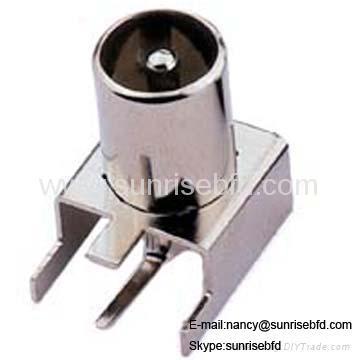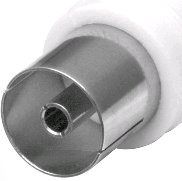Hello
I have recently had fitted the new digital socket which has connections for TV and Radio.
Question is where can i get the proper connections for my Kenwood HD-600 hi-fi unit?
Or will any do? And what is it called please?
I've looked on the Kenwood site a and they dont have it listed, it was bought at least twenty years ago but it is a first class audion system.

I have recently had fitted the new digital socket which has connections for TV and Radio.
Question is where can i get the proper connections for my Kenwood HD-600 hi-fi unit?
Or will any do? And what is it called please?
I've looked on the Kenwood site a and they dont have it listed, it was bought at least twenty years ago but it is a first class audion system.





